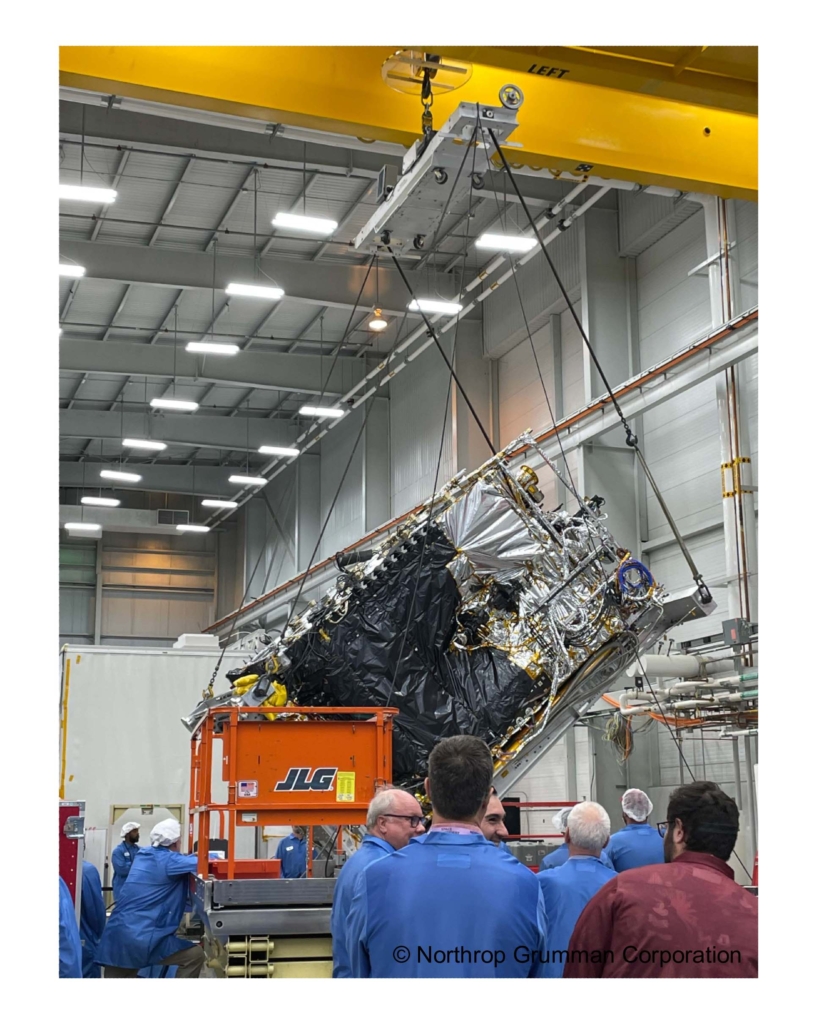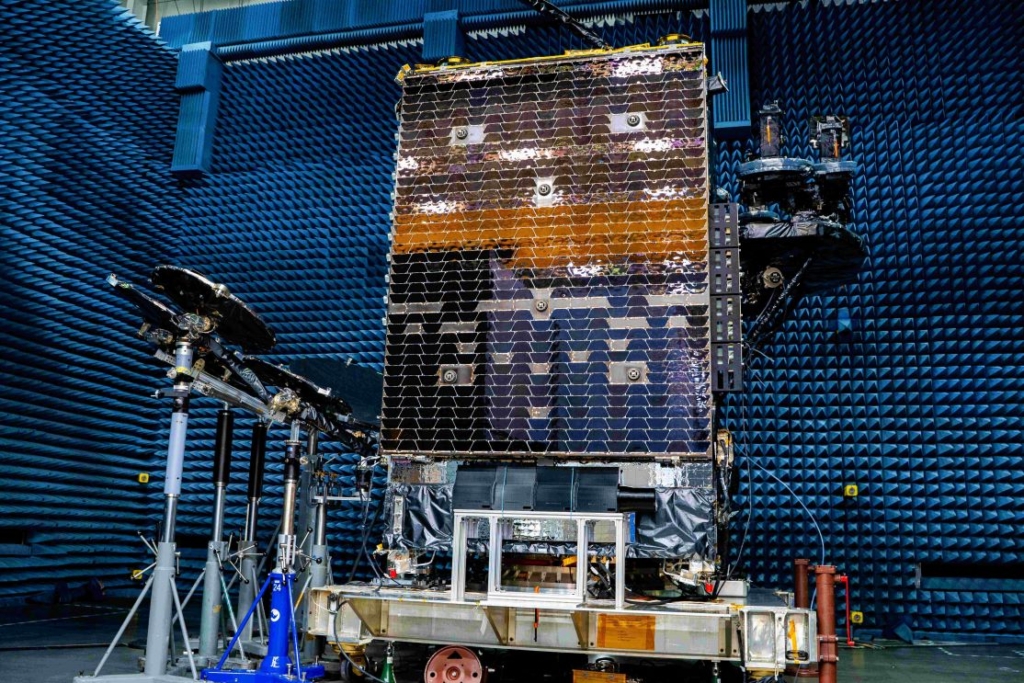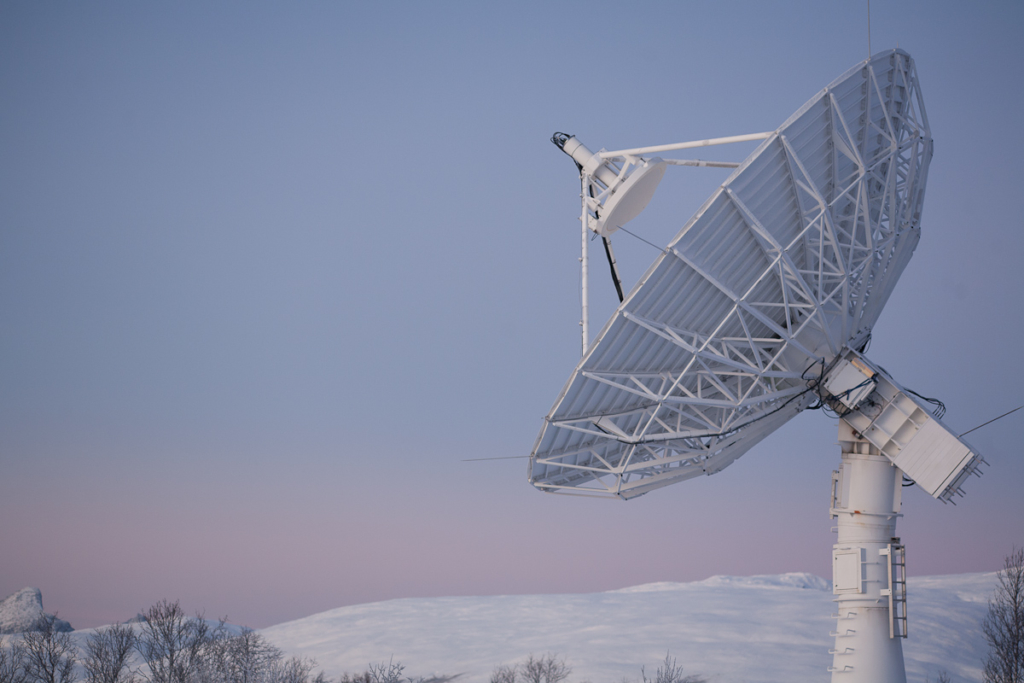The Thermal Vacuum Test (TVAC) is one of the most important and comprehensive tests any satellite is subjected to before launch. TVAC simulates the conditions in the upper atmosphere and outer space and puts the systems and components through vacuum and extreme temperatures ranging from very hot to very cold, all in a completely controlled environment.
During the building process, satellites are tested continually. For each new unit that is mounted on the satellite, its functionality is tested, both alone and together with all the other units. Both ASBM-1 and ASBM-2 have more than 100 units each, and when all units are connected the satellite is tested over again several times. One of the most comprehensive tests is the TVAC. It is imperative that the satellites be tested for all the different conditions they will experience, both during launch and in orbit.

TVAC simulates the space environment by removing air and thereby also pressure, and then subjecting the satellite to extreme cold and then extreme heat. This is done through radiation and thermal conduction, and liquid nitrogen is normally used for cold and radiation or conduction for heat. During the test the temperature changes between hot and cold, and later the environment is kept warm over longer periods, then cold over longer periods. Tests are performed also during depressurization to vacuum.
Any damage to a component in space is usually caused by solar radiation since the effect of filtration through the atmosphere is not there. The ASBM satellites will orbit Earth in a highly elliptical path and are subject to temperature variations during each orbit. The satellites are wrapped well, to keep the spacecraft body temperature stable, making sure the temperature does not vary between more than +10C and +40C. But on the outside of the spacecraft body, the temperature variations are extreme. Space lacks atmosphere, and consequently the side that faces the sun will be very hot and the reverse side will stay very cold. During one orbit, the temperature outside and inside the satellite varies dramatically as well as the disparity between the two sides of the satellite. Over the southern hemisphere the satellite orbits closest to Earth, around eight thousand kilometers out, whereas over the northern hemisphere, they orbit at 43,500 kilometers away from Earth. Each orbit takes 16 hours, and the warmest temperature is around +100C and the coldest around -60C. The ASBM satellites’ lifespan is expected to be around 15 years, resulting in ca 21,900 orbits – they need to withstand temperature variations!
The test chamber in which the satellites are placed are just about large enough. During testing the solar panels and antennas are not deployed, they are tested separately. The satellites are fastened onto a ring at one of the short sides which in turn is attached to an L-shaped bar before they enter the test chamber, and the whole test lasts around six weeks.



